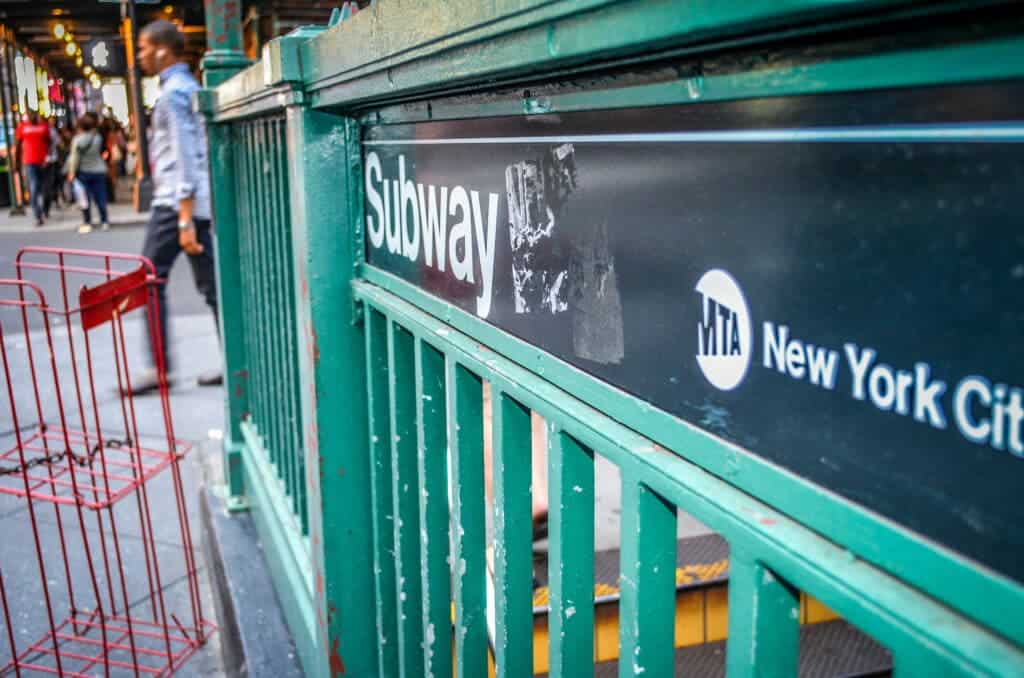The pandemic has brought a wide disruption to many sectors, but public transportation has probably been one of the most affected. The collective nature of its mobility has made governments largely limit their use, and many people avoided it even when it was available.
Still, the impact hasn’t been equal to all cities, a new study showed, and it wasn’t the same for all people.

Preliminary reports from transit agencies in the US have shown how vulnerable public transit has been to the pandemic so far. In Washington DC, for example, Marchridership dropped by 90% on the subway and 75% on the bus. But other cities have seen a more modest decline, such as San Antonio, Texas, with a 30% drop.
These differences triggered the interest of researchers from Ohio State University, who wanted to explore public transit dependence across communities amid the pandemic. To do so, they gathered data from the Transit app from February to May on 113 county-level transit systems in 63 metro areas and 28 states across the US.
They found that big coastal cities such as Seattle and Washington DC registered a larger drop in demand than cities in the Midwest and the South. This is due to the type of jobs done in different cities and how was actually using public transportation before the pandemic, Luyu Liu, the lead author of the study, said.
“Many of the people who used public transit in large, coastal cities could work remotely from home after the pandemic,” Liu said in a statement. “But in cities in the Midwest and the deep South, most public transit users have jobs where they still had to come in to work during the pandemic and didn’t have any other choice.”
Looking at the data from the app, Liu and her team found that overall public transportation demand dropped about 73% after the pandemic started. But this wasn’t their most interesting finding. When analyzing data from city to city, they noticed several unexpected factors that explained the differences in the decline in transit.
Race was one of the main factors. The larger the population of African Americans in a city, the lower the decline in demand for public transport. A large share of black transit users were women. More than 70% of African-American riders during the early pandemic were women, according to the findings from the app.
Another important factor was occupation, with a larger drop in transit demand registered in cities with a higher percentage of people with non-physical jobs that didn’t require travel. Those that do have physical jobs and continued using the bus or the subway were mainly Hispanic, the study showed.
This is surprising at first glance, but consistent with workforce statistics in the US. According to the labor force characteristics survey, the Hispanic population has the lowest percent (22%) of management, professional, and related occupations compared with White (41%), African American (31%), and Asian people (54%) in 2018.
The study also highlighted the age factor, as older people in a community meant higher levels of continued transit use during the pandemic. The transit app showed a drop in young people under 18 and between 25 to 44 years old. Meanwhile, the relative ratio of people between 45 to 64 years old doubled.
Information was also a big factor. The researchers found that the cities with higher levels of Google searchers for the word coronavirus early in the pandemic had a larger drop in transit use. This indicates the effects of people’s awareness and concern on avoiding non-essential public transit trips, according to the study.
“We find differential impacts across communities and social groups, indicating differences in public transit dependency that can be explained by social factors in each community. Our study highlights public transit as a critical infrastructure for a community during a pandemic and the vulnerabilities of some underprivileged social groups,” the study reads.
Still, the researchers acknowledged a set of limitations. One is the representativeness of the transit demand data for actual ridership, as they only used data from the Transit app, which might not be representative. They also highlighted the need for attitudinal and behavioral surveys and further analysis to confirm some of the patterns suggested in the study.
For what’s it worth, the pandemic has clearly altered most of our daily life, including the way we move around cities. Many people went from taking the bus every day to not using it at all, now working from home. But that hasn’t been an option for everyone, with many societal factors that help explain that, as seen in the study.
The study was published in the journal PLOS ONE.









